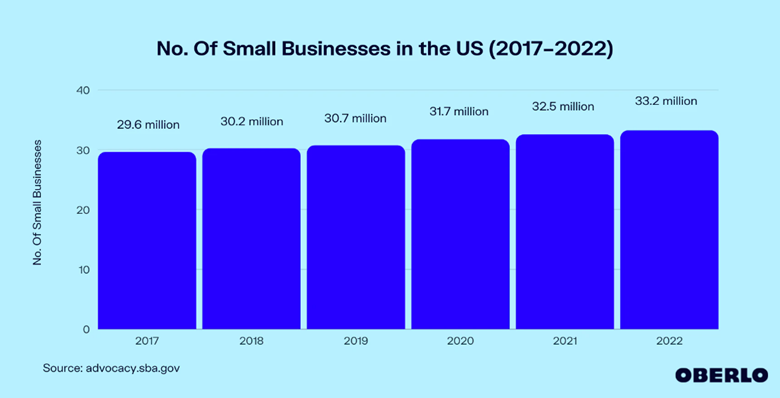Buying a business is an opportunity to skip the growing pains of launching a startup. It’s a chance to start with a proven model with customers and cashflow. How can you tell if the prospective business is a genuine investment opportunity or a disguised escape route for a burnt-out owner?
The following is a list of the top five things to consider when prospecting a business purchase – and some red flags for each category so you can recognize trouble a long way away. This list is no way exhaustive and there are many other issues to consider when buying a business. However, nailing these will tip the odds of success in your favor. Here are 20 red flags for buying a business you should look out for.
1. Why the Business is For Sale
Before you fall in love with a business, make sure you understand why it’s for sale. You’ll want to interview the owner about their experience with ups and downs, their efforts to course-correct, and what tactics have been most successful.
Above all, you should be checking to see if you have what it takes to take the business to the next level and why hasn’t the previous ownership attempted this course. It’s not just about if the company could be a profitable investment– it’s about verifying the fit with your skills and resources.
Red flags:
The owner is burnt out or seems to be filling multiple roles
A toxic culture and/or high employee turnover
A poor business plan that can’t compete with costs or competition
An industry that is contracting or being disrupted by technology.
2. Perform Due Diligence
Due diligence will occur after your Letter of Intent has been accepted. It’s a comprehensive process, taking anywhere from 45 days to 9 months. This is the most critical step in the acquisition process. This is your chance to get “under the hood” and see how the business operates and to validate what you have heard from the owner in the prior discussions.
Due diligence includes:
Verification of sales and cashflow
Key employees
Concentration risk – clients and key suppliers
Financial/Tax Review
Asset Consideration
Legal Review
Operational Efficiency
Company debt
Real Estate status – lease expiring, property owned by the owner.
Inventory – obsolescence, turnover
Environment Concerns
Red flags:
Findings are significantly different than similar companies
The business model is overly complicated
Report results seem unlikely
Cultural concerns
3. Financial Review
Although briefly discussed in the previous section on due diligence, this is where you will determine what the financial opportunity of acquiring this business will be. It’s critical to partner with an independent and qualified CPA / financial professional to ensure that the story the numbers are telling are accurate. It is your responsibility to verify the results being provided to you.
You’ll want to dig into:
Profit and Loss (P&L) Statements
Balance Sheet
Cash Flow Statements
Tax Returns
Accounts Payable
Accounts Receivable
Sales history
Red flags:
The owner claims that the company makes more than the books reflect
Customer concentration
Equipment will need to be replaced soon (significant early expenses)
Account receivable and Accounts payable aged past 90 days Lack of budget and rolling 13 week cash forecast.
4. Get Clear About the Industry’s Future
You’ll also need to research the future of your new company. Is growth likely? What are the barriers to entry? Competitive landscape? Is the industry fading in relevance, being disrupted by technology, requiring significant product development to stay alive?
Access to industry research and speaking with industry experts is important. Talk with future competitors under the guise that your are considering becoming an investor in the industry. Seek out recent transactions and what the multiples are. How have the new owners faired post-acquisition.
Red flags:
The owner claims to have little competition
Inability to adequately explain declines in sales or margins
The owner reports having a hard time keeping up with established competitors
The owner mentions continuous new competition
The industry isn’t flexible to modern innovations
5. Reputation Matters
A good reputation isn’t just nice to have– its value is measured in dollars. Companies with a good reputation benefit from higher profits, free marketing, and better hiring ability.
Clean branding has never been more critical in an age of consumer determination to buy socially, ethically, and environmentally friendly. With social media and reviews in the driver’s seat, it’s crucial to work with intact brands.
Remember, brands don’t get a redo just because ownership changed.
Red flags:
Poor social media or news coverage
Significant poor reviews
Mistrust in target consumer base
Joe Gitto, CEPA is an accomplished senior Finance, Sales and Operational Executive, Entrepreneur, Coach, Thought Leader, and Board Member with more than 25 years of success in various industries. He is the Managing Member of Blue Sky Exit Planning Services.





